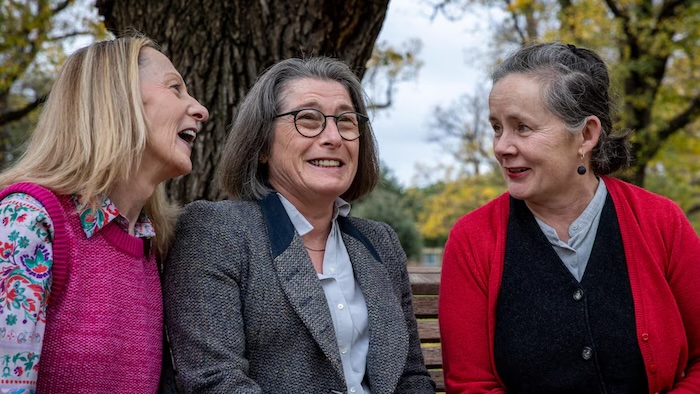— These are the 8 things everyone gets wrong about what happens after we die.

- I was a funeral director and embalmer for 11 years.
- I learned a lot about our bodies and death by doing my job.
- After an autopsy, brains usually are put back in the belly of the cadaver.
When I tell people I worked as a funeral director and embalmer for 11 years, I’m met with two responses: disgusted fear and excited curiosity. The latter are teeming with questions and are delighted to have an opportunity to ask. Fortunately, I consider it a privilege to educate people about mortuary science.
While I initially pursued a career in embalming because I loved the fusion of art and science, I stayed after discovering a passion for helping the living. By answering questions, I remove the stigma and taboo surrounding death and help people make informed decisions. It’s the one experience we will all share someday, so we may as well be prepared.
A lot of things happen to our bodies after death, but sitting up is not one of them
It’s possible for a dead body to have a tampon inside. The odds are low, considering the typical age for menstruation, the number of days a month someone menstruates, and the likelihood that a seriously ill person may not even have periods. That leaves unexpected or traumatic deaths, and those bodies nearly always have an autopsy. A tampon would be disposed of then. An un-autopsied body would have its tampon removed during the embalming process.
Brains usually end up in the belly after an autopsy. Returning them to the skull is like trying to put handfuls of Jell-O into a bowl that’s tipped on its side. It’s messy and impractical. If the brain isn’t kept for further investigation, it’s placed inside a plastic bag along with the rest of the dissected organs. The bag settles into the chest and abdominal cavities, and then the skin above is sutured together to seal it in.
You’ve probably heard someone retell the urban legend, but you should know that dead bodies don’t sit up. Try it yourself: while lying flat on the ground, try to sit up without using your arms or legs. There’s no way a corpse could organize that many large muscles and produce the energy required to perform such a feat. Movement is limited to minor twitches around the time of death.
We must remove pacemakers prior to cremation, or they’ll explode, potentially damaging the cremation chamber or injuring the operator. Since the FDA has only approved pacemakers as single-user devices, they’re prevented from being reused by other humans in the United States. The devices don’t go to waste, though. They’re recycled or implanted into dogs.
There are options that are environmentally friendly
People are not required to wear formal suits in their caskets. Bras aren’t mandatory either. There aren’t any fixed clothing rules unless your culture or religion dictates otherwise. We dress bodies in the clothing their families provide. If they forgo undergarments, their loved one goes commando for eternity. Embalmers prefer high necklines and long sleeves in case there are conditions to conceal. Otherwise, you do you.
You don’t need to be cremated to be buried at sea in the US. Full casket burials are allowed if you meet certain requirements. The casket must be stainless steel, with all plastic removed, and 20 holes must be drilled to allow flooding and venting. Six durable stainless-steel bands, chains, or natural fiber rope keep it shut, and added ballast helps it sink. A weighted biodegradable shroud may be used instead of a casket. The burial location must be at least three nautical miles from shore at a depth of at least 600 feet. Paperwork must be filed for statistical reasons and to avoid suspicion while dumping a body overboard.
A good funeral director won’t discourage you from exploring green options like natural burial, water cremation, or composting. We accommodate people who want embalming, cremation, or traditional burial, but it’s equally important to respect environmentally conscious alternatives. We can strike a balance between honoring the past and protecting the future.
Grief is different for everyone
Have you heard of the standard stages of grief? Forget them. Grief is highly individual and doesn’t follow a prescribed timeline. There’s no specific order. You may take one step forward, then two steps back.
It’s also normal to have multiple conflicting emotions simultaneously, like sorrow and joy or relief and guilt. Your experience will vary because of your relationship to the deceased, the nature of the death, your support network, and your cultural or religious background.
If your grief journey doesn’t match everyone else’s, don’t worry. You’re not doing grief “wrong.”
Complete Article ↪HERE↩!





